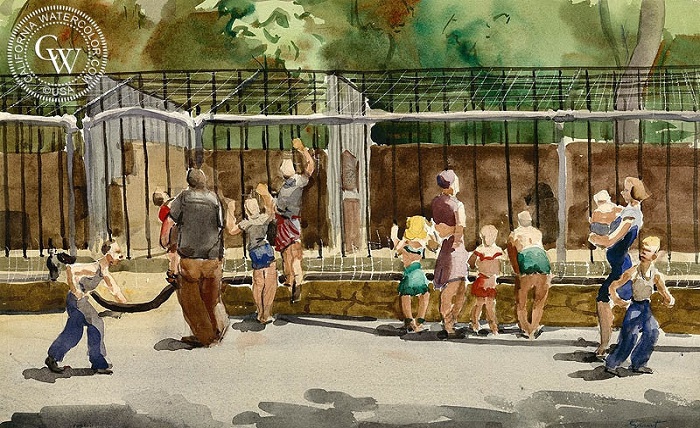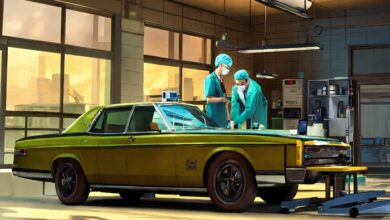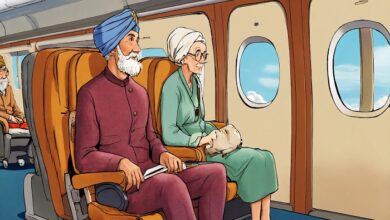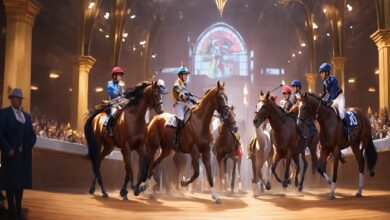The Art of the Zoo: A Journey Through Animal Conservation and Creativity

Zoos have long been a source of fascination and entertainment, providing a glimpse into the animal kingdom that would otherwise be out of reach. But beyond their role as places of recreation, zoos have also evolved into centers of conservation and education, playing a critical role in protecting endangered species and fostering a deeper appreciation for the natural world.
In recent years, zoos have increasingly incorporated artistic elements into their design and programming, transforming them into captivating spaces that inspire creativity and promote a deeper connection with the animals they house. This trend, known as the “Art of the Zoo,” is not merely an aesthetic endeavor; it is a powerful tool that can enhance animal welfare, engage visitors, and raise awareness about the importance of conservation.
The Transformative Power of Art in Zoos
The incorporation of art into zoos takes many forms, from sculptures and murals to interactive exhibits and performances. These artistic expressions serve multiple purposes, each contributing to the overall mission of the zoo.
1. Enhance Animal Welfare
Art can provide enrichment for animals, stimulating their senses and encouraging natural behaviors. For instance, colorful murals can mimic natural environments, providing visual cues that help animals feel more at ease in their surroundings. Additionally, interactive art pieces can encourage physical activity and exploration, promoting overall well-being.
2. Engage Visitors
Art has a unique ability to captivate and engage visitors of all ages. Striking sculptures can draw attention to specific animal species, while interactive exhibits can provide hands-on learning experiences. Moreover, performances and workshops can foster a sense of wonder and appreciation for the natural world.
3. Raise Awareness about Conservation
Art can serve as a powerful tool for raising awareness about conservation issues. Thought-provoking installations can highlight the plight of endangered species, while educational displays can inform visitors about the threats facing wildlife and the importance of conservation efforts.
Examples of the Art of the Zoo in Action
Numerous zoos around the world are embracing the Art of the Zoo, creating innovative and inspiring spaces that are transforming the traditional zoo experience. Here are a few examples:
1. The Toledo Zoo (Toledo, Ohio, USA)
The Toledo Zoo is renowned for its Art in the Wild program, which features a diverse collection of sculptures and murals throughout the zoo. These artworks enhance the visitor experience while also providing enrichment for the animals.
2. The Bronx Zoo (Bronx, New York, USA)
The Bronx Zoo is home to the Wildlife Conservation Society’s Contemporary Art Program, which commissions artists to create site-specific works that address conservation themes. These installations provoke thought and inspire action among visitors.
3. The Chester Zoo (Chester, England)
The Chester Zoo has a long-standing commitment to incorporating art into its exhibits and programming. The zoo’s Art for Animals initiative showcases the work of local artists, raising awareness about conservation while also providing financial support to wildlife protection projects.
The Art of the Zoo: A Catalyst for Change
The Art of the Zoo movement is not just about aesthetics; it is about using art as a catalyst for positive change. By incorporating art into their operations, zoos are creating more stimulating and engaging environments for both animals and visitors, fostering a deeper appreciation for the natural world and inspiring action to protect it.
Conclusion
The Art of the Zoo is a powerful and transformative movement that is redefining the role of zoos in the 21st century. By embracing art as a tool for conservation, education, and engagement, zoos are creating spaces that inspire, educate, and empower, leaving a lasting impact on both animals and visitors.




